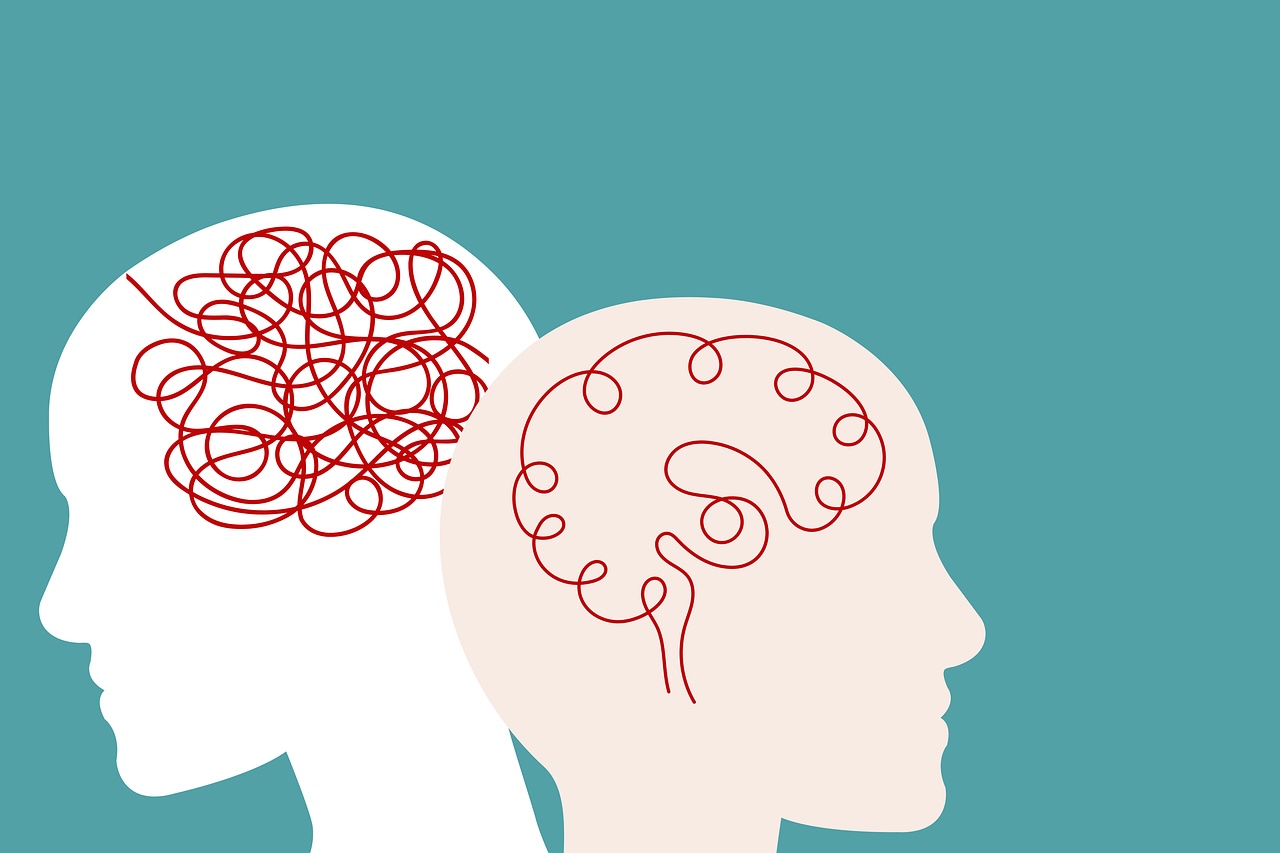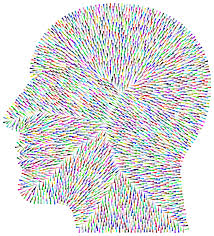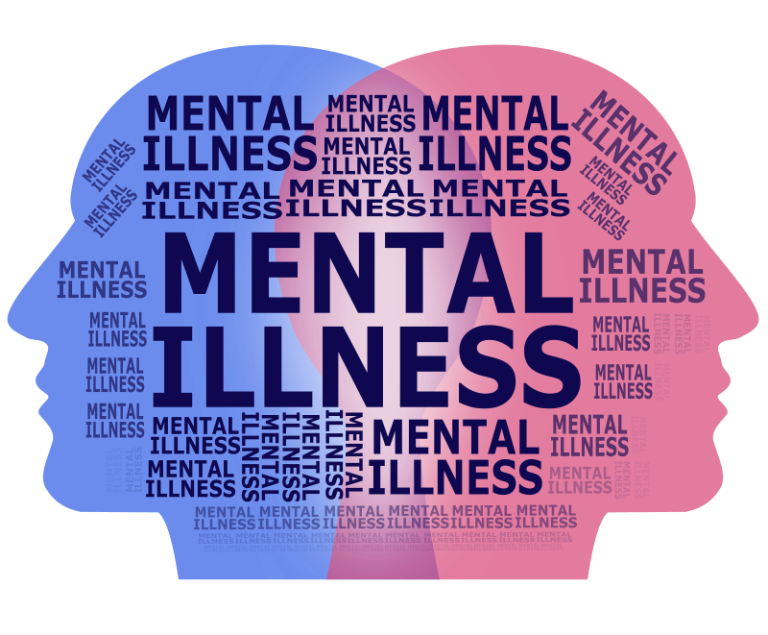Dissociation, trauma, and borderline personality disorder
Dissociation — a state where thoughts, memories, feelings, or sense of identity become disconnected — affects nearly 80% of people living with Borderline Personality Disorder (BPD) at some point. For carers, this can be one of the most confusing and distressing symptoms to witness. A loved one might appear emotionally shut down, seem detached from reality, or forget entire conversations or events.
According to a major 2022 editorial by Dr. Annegret Krause-Utz in Borderline Personality Disorder and Emotion Dysregulation, dissociation is not a fringe symptom. It’s a central part of how BPD manifests, especially under stress. And crucially, it’s linked to trauma, identity confusion, emotional overwhelm, and difficulties in relationships — the very areas where carers most often seek support.
Dissociation: A Survival Mechanism That Becomes a Barrier
Dissociation involves disruptions in functions like memory, perception, attention, and self-awareness. It ranges from feeling “spaced out” or unreal (derealisation) to losing touch with one’s body or emotions (depersonalisation), or even being unable to recall important events (dissociative amnesia).
Trauma models suggest dissociation emerges as a way to survive experiences that are too overwhelming to fully process — especially in childhood. Studies cited in the editorial show that early, repeated trauma (such as emotional, physical, or sexual abuse by caregivers) is strongly associated with later dissociative symptoms. The earlier and more severe the trauma, the greater the risk.
In BPD, this dissociative response may become generalised, kicking in not only during traumatic events but also during interpersonal conflict, rejection, or emotional stress. As Dr. Krause-Utz writes, this can “interfere with emotional learning” and block a person’s ability to process information — including in therapy.
Brain and Body: The Neurobiology of Dissociation
Neuroscience is beginning to uncover what dissociation looks like in the brain. A review of over 200 neuroimaging studies found that people experiencing dissociation often show increased activity in the medial prefrontal cortex and inferior frontal gyrus — regions involved in emotional regulation and inhibitory control. At the same time, areas like the hippocampus and thalamus — responsible for integrating sensory and emotional input — tend to show reduced volume in those with chronic dissociation.
Psychophysiological research offers further clues. During dissociative states, people may have blunted physiological responses: slower heart rates, diminished skin conductance, and even decreased startle reflexes. In simple terms, the body numbs itself in tandem with the mind.
This numbing can explain why dissociation is linked to altered pain perception — a key concern for carers of individuals who self-harm. Studies show that non-suicidal self-injury (NSSI) may sometimes be used to break through dissociative numbness and “feel something again.”
Dissociation, Identity, and Emotion Dysregulation
For individuals with BPD, dissociation is often tightly linked with identity disturbance — one of the nine diagnostic criteria for the disorder. As Dr. Krause-Utz notes, people may report their sense of self as “fragmented, incoherent, or unstable.” This can make it difficult to form consistent goals, maintain relationships, or recover from emotional setbacks.
Emotion dysregulation also plays a central role. Research shows that the intensity of emotional distress tends to rise and fall with dissociative symptoms. People experiencing intense shame, fear, or rage may dissociate as a way to escape overwhelming emotional states. However, this disconnection can backfire — making it harder to understand or regulate those emotions later.
A 2022 study referenced in the editorial found that female BPD patients had significantly lower body awareness and higher body dissociation than healthy participants. Dissociation was also strongly linked to childhood trauma and difficulties in emotional regulation — highlighting the interconnectedness of these domains.
Why This Matters for Carers
From a carer’s perspective, dissociation can appear as silence, withdrawal, or blankness — a loved one going “offline” in the middle of a conversation or crisis. This can be terrifying, particularly if it follows emotional escalation or occurs alongside self-injury.
Misinterpreting dissociation as rudeness, defiance, or deliberate avoidance can strain relationships. But understanding it as a neurobiological and psychological coping mechanism changes the lens: your loved one isn’t shutting you out — their brain is protecting them from overload.
Dissociation can also complicate therapy. The editorial highlights that people with high dissociative symptoms often respond less well to traditional BPD treatments. Yet promising adaptations exist. Modified versions of Dialectical Behaviour Therapy (DBT) that monitor and manage dissociation have shown better outcomes than standard approaches. Schema Therapy, Mentalization-Based Treatment (MBT), and other evidence-based therapies also indirectly reduce dissociation by addressing core features like emotional regulation and identity confusion.
Practical Advice for Carers
While carers can’t prevent dissociation, they can support recovery by fostering safety, predictability, and emotional validation. Research-informed strategies include:
Learning to spot dissociation: Sudden blank expressions, disorientation, or memory gaps may signal dissociation.
Grounding techniques: Gently guide your loved one to re-engage with the present — e.g., naming objects, noticing textures, or sipping water.
Avoid confrontation: During dissociation, reasoning or emotional appeals may not register. Wait for signs of re-engagement.
Co-plan responses: Discuss with your loved one — during calm periods — what helps or doesn’t during dissociation.
Practice compassion: Your steadiness can be a critical stabilising force, even when nothing seems to “get through.”
At BPD UK, we integrate this knowledge into our digital services — including our AI-powered BPD Coach, trauma-aware webinars, and peer-led support groups. These tools are designed not only to inform, but to help carers respond more effectively in moments of uncertainty.
A Hopeful Outlook
Dissociation is often misunderstood — even among professionals. But research is making the picture clearer: it is a trauma-linked, stress-sensitive state that deserves recognition and targeted support.
Crucially, long-term studies show that as people with BPD recover, symptoms of depersonalisation and derealisation often decrease. This means that healing is possible — and carers have a vital role in that journey.
To read the full open-access article by Dr. Krause-Utz, click here. https://link.springer.com/article/10.1186/s40479-022-00184-y
💬 Caring for someone with BPD?
👉 Book a FREE One2One support session
🧠 Join our FREE webinars and peer groups
📩 To book email us at: info.bpduk@gmail.com
Discover more from BPD UK
Subscribe to get the latest posts sent to your email.




